“The only real limitation on your abilities is the level of your desires. If you want it badly enough, there are no limits on what you can achieve. ” – Brian Tracy
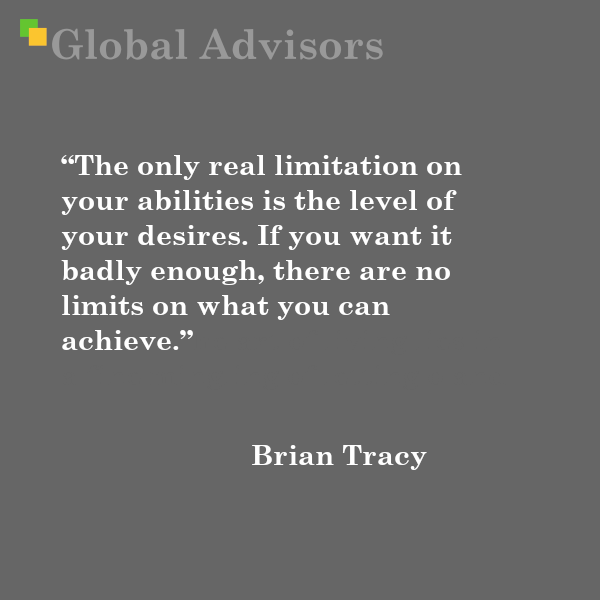
“The only real limitation on your abilities is the level of your desires. If you want it badly enough, there are no limits on what you can achieve. ” – Brian Tracy

“There is no finish line when it comes to system reliability and availability, and our efforts to improve performance never cease.” – Marc Benioff
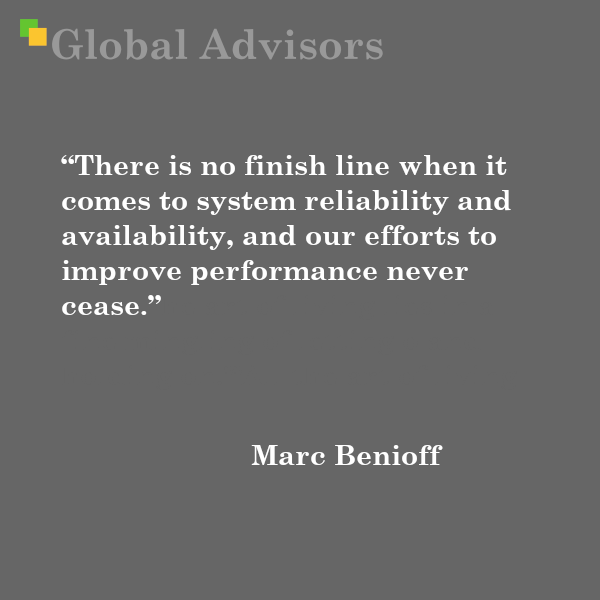
“If you don’t give up, you still have a chance. Giving up is the greatest failure.” – Jack Ma
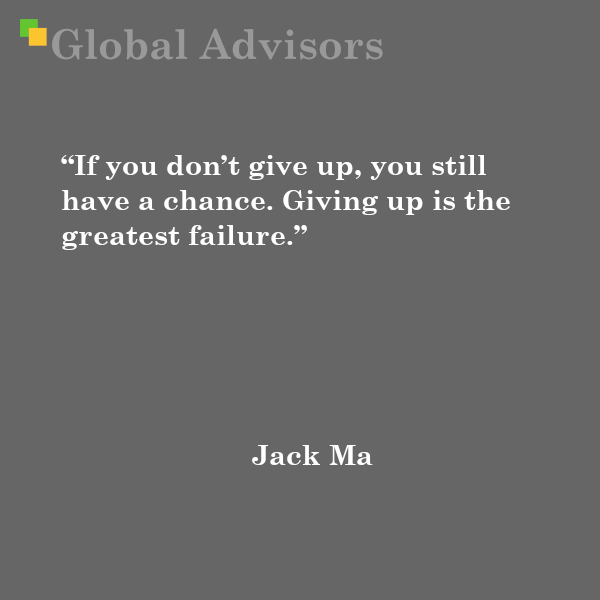
“The more you talk, the less you’ll have to say. The more you listen, the more sensible will be what you say.” – Ralph Nader

“More leaders have been made by accident, circumstance, sheer grit, or will than have been made by all the leadership courses put together.” – Warren Bennis
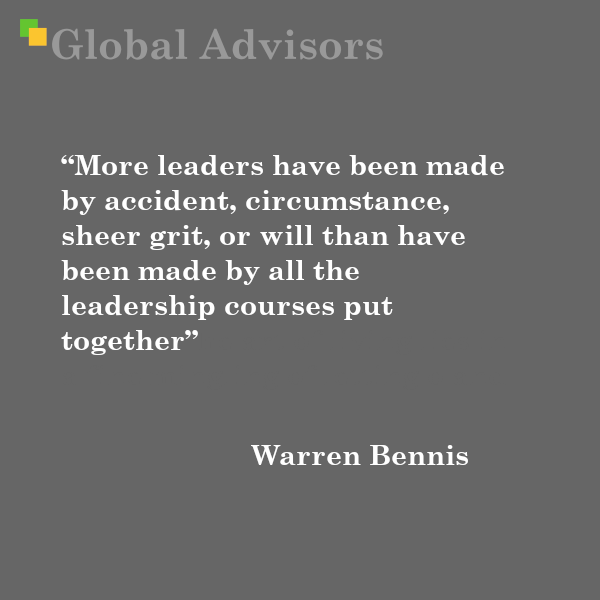
“A person either hates losing enough to change or he hates changing enough to lose.” – Orrin Woodward
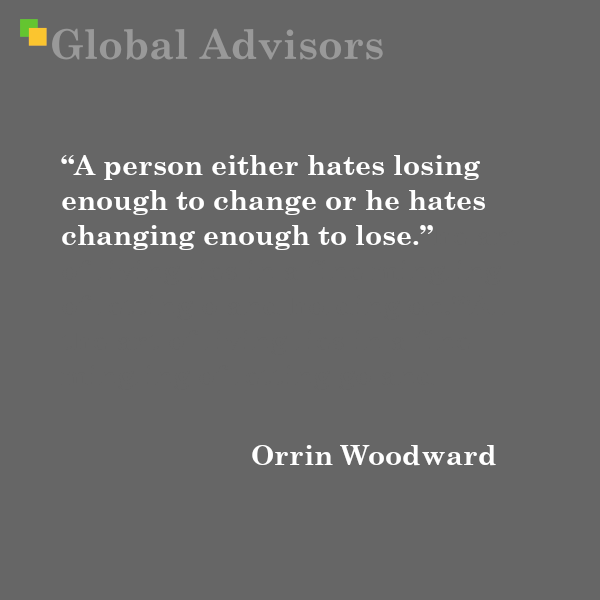
“Life begins at the end of your comfort zone.” – Neale Donald Walsch

“Intelligence, imagination, and knowledge are essential resources, but only effectiveness converts them into results.” – Peter Drucker
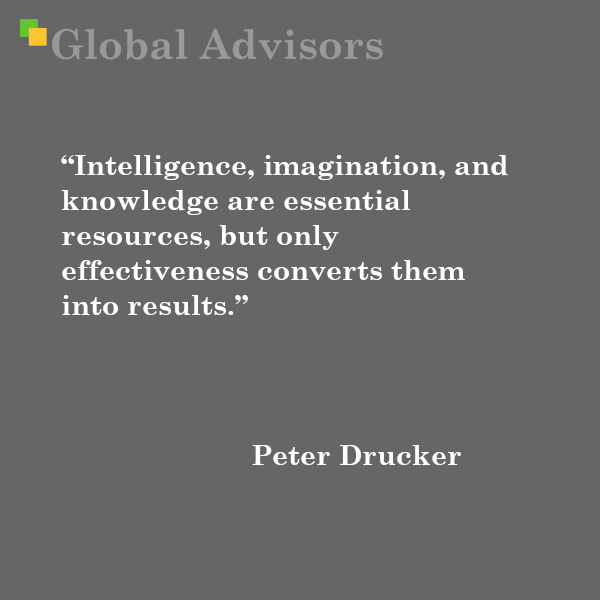
“A leader is someone who demonstrates what’s possible.” – Mark Yarnell
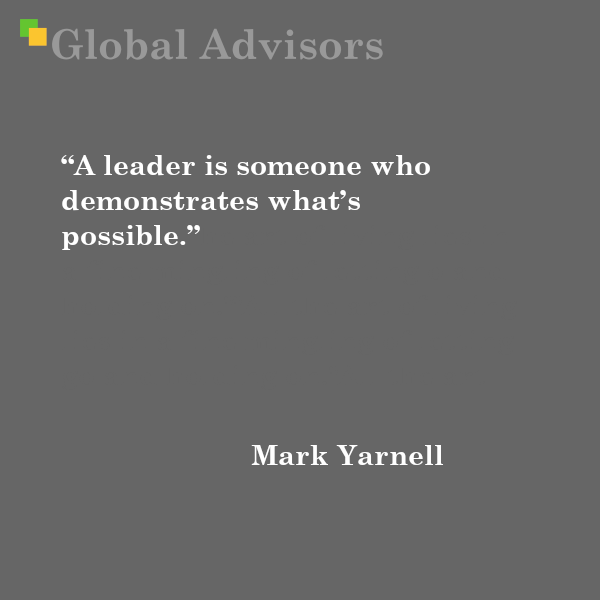
“Authentic leaders do not lead for the sake of validation. They are validated by the impact of their contribution.” – Gift Gugu Mona
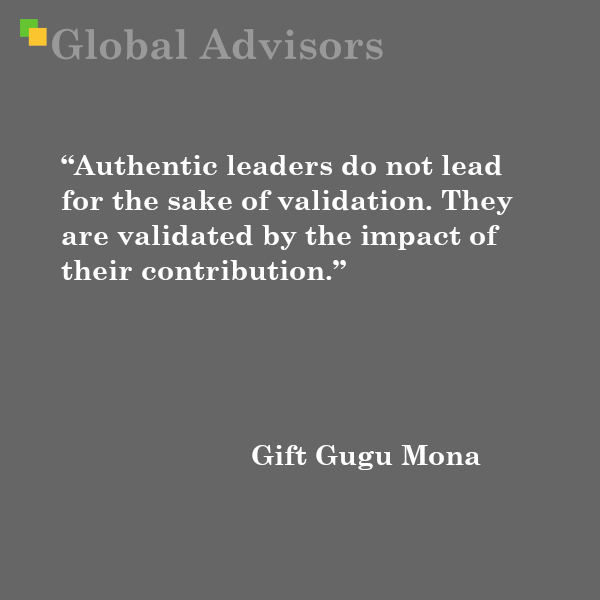
“Great leaders are willing to sacrifice their own personal interests for the good of the team.” – John Wooden
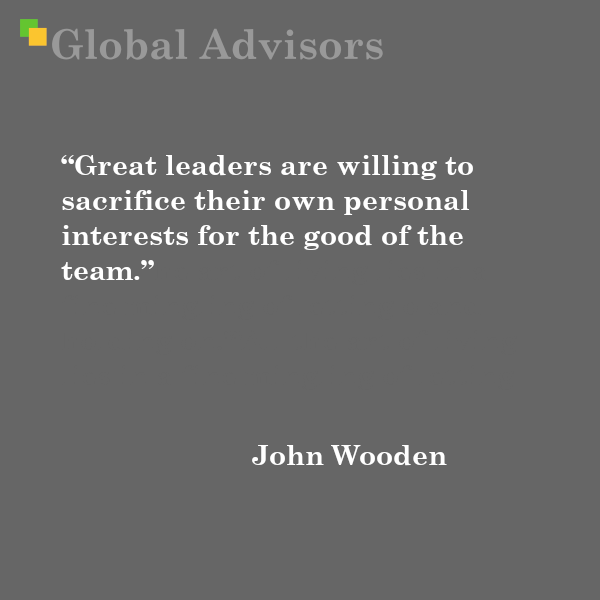
“A true leader has the confidence to stand alone, the courage to make tough decisions, and the compassion to listen to the needs of others.” – Douglas MacArthur
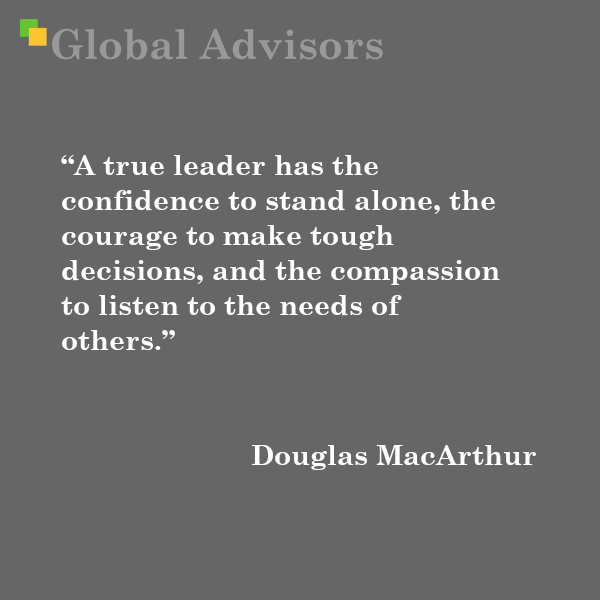
“People would rather follow a leader that is real than one that is always right.” – Craig Groeschel
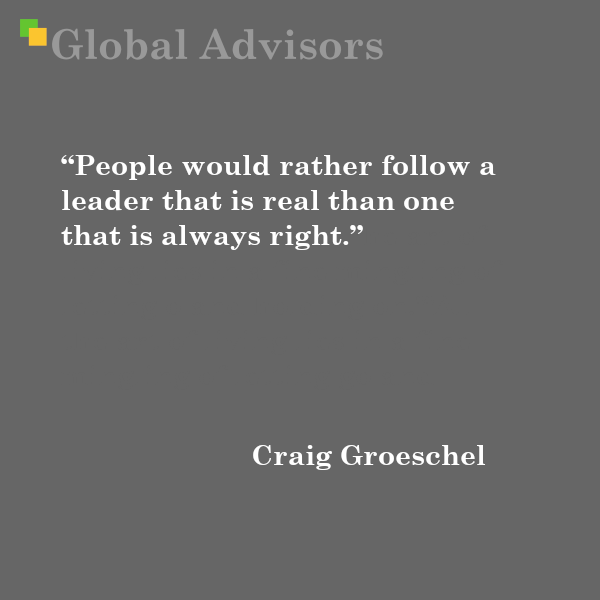
“Great leaders don’t set out to be a leader. They set out to make the difference. It is never about the role – always about the goal.” – Lisa Haisha

“I can give you a six-word formula for success: Think things through—then follow through.” – Edward Rickenbacker
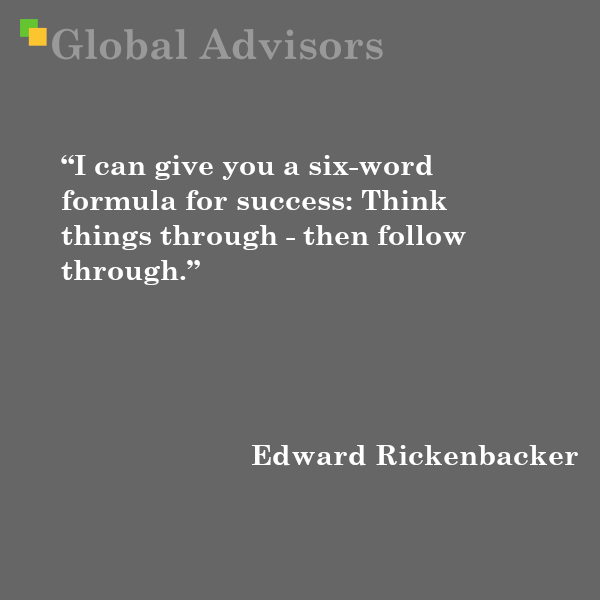
“Leadership is not just about giving energy… it’s unleashing other people’s energy.” – Paul Polman
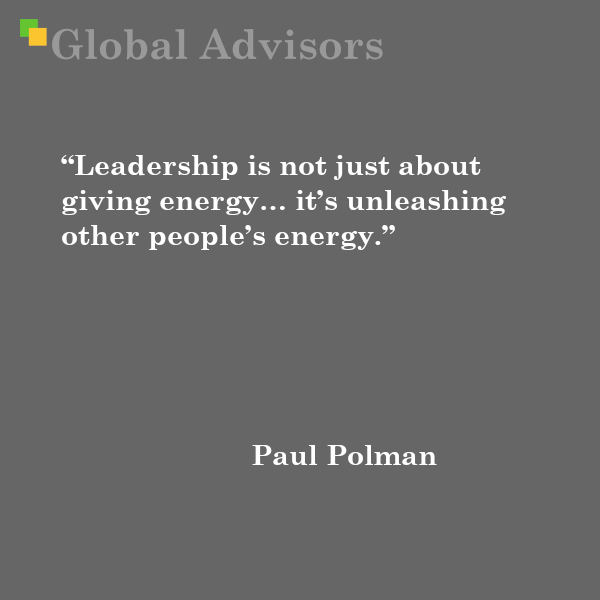
“Average leaders raise the bar on themselves; good leaders raise the bar for others; great leaders inspire others to raise their own bar.” – Orrin Woodward
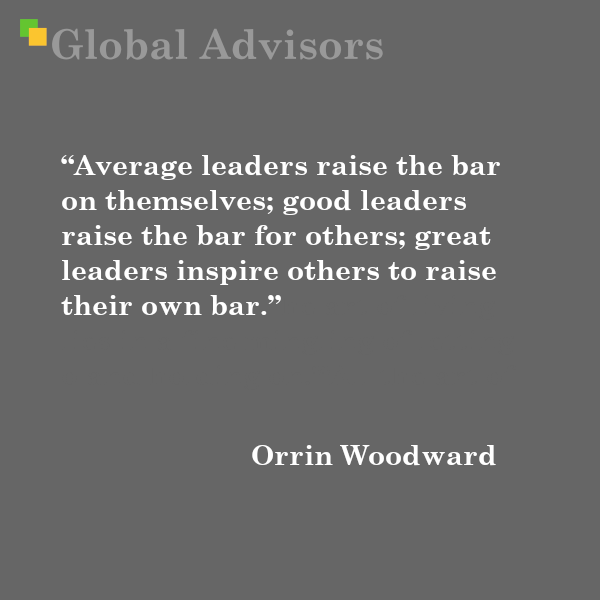
“Leadership is an opportunity to serve. It is not a trumpet call to self-importance.” – J. Donald Walters
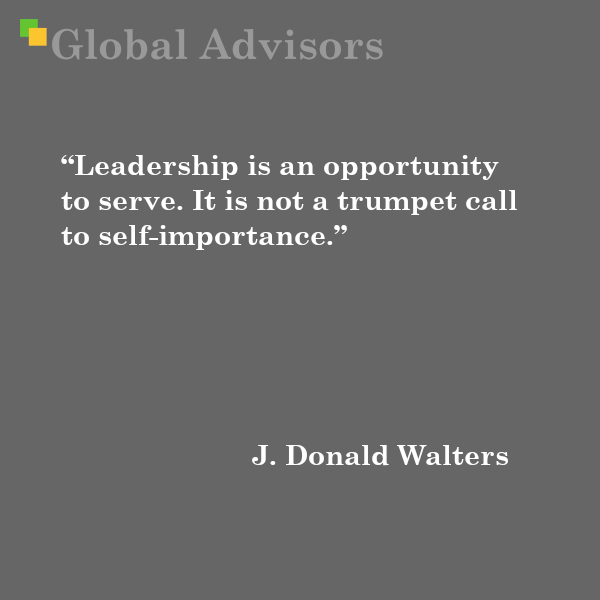
“Action springs not from thought, but from a readiness for responsibility.” – Dietrich Bonhoeffer
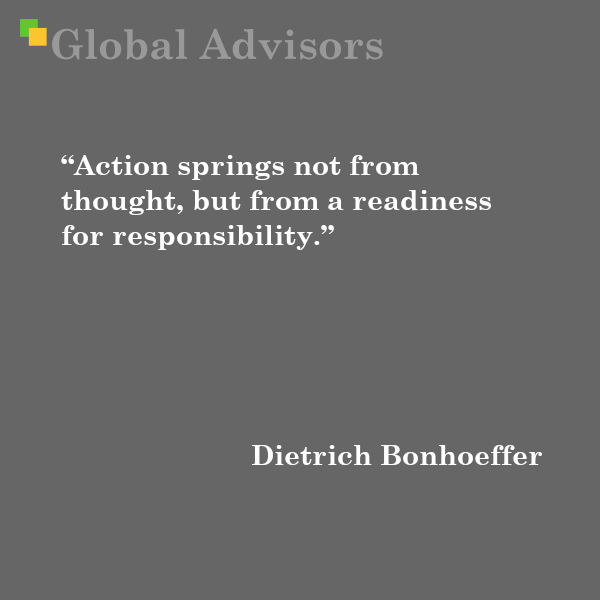
“Humility is the ability to give up your pride and still retain your dignity.” – Vanna Bonta
